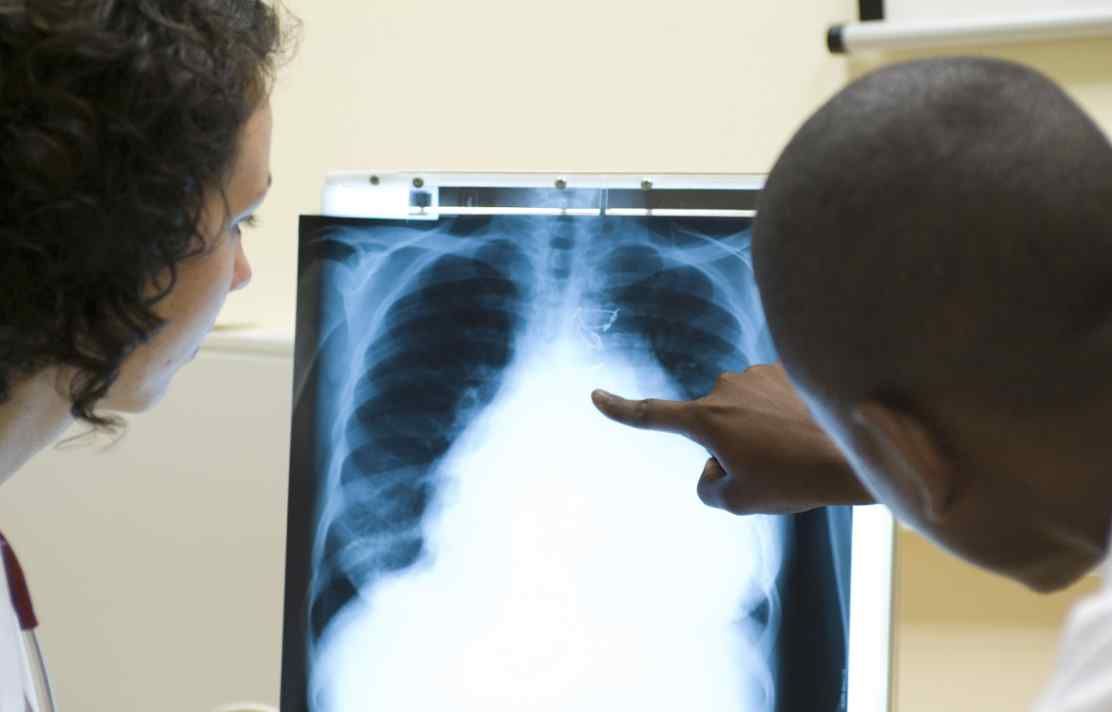- Imperial College Lead: Prof Neil Ferguson
- UKHSA Lead: Dr Jamie Lopez-Bernal
Most respiratory infections are either asymptomatic or mild, so it is difficult to measure the impact of interventions such as vaccination. Surveillance is a central element of the public health response against respiratory illnesses and incorporating advanced analytics could enhance surveillance, assessment of interventions and forecasting. This theme takes advantage of rapid changes in the underlying data types collected and analytical techniques to develop and test surveillance approaches to reduce the burden of influenza.
Specific projects:
- Forecasting influenza & COVID-19
The NHS must adapt during peak respiratory illness incidence to cope with increases in admissions. Advanced knowledge of likely levels of incidence from formal forecasting pipelines could substantially increase situational awareness. Using already-curated regional timeseries Royal College of General Practitioners (RCGP) data for influenza and REACT-1 data on LTLA-level COVID-19 prevalence, we will conduct a retrospective forecasting exercise to test our ability to improve forecast accuracy using higher spatial resolution to enable linking of type-specific testing, age-stratified strain-specific inter-seasonal seroprevalence data and syndromic data with local socio-demographic variables and risk of co-infection of the two pathogens. Based on recent work by Riley on US data (Ben-Nun et al, PLoS Computational Biology 2019), we expect mechanistic models to be substantially more accurate for forecasting type-specific data at higher spatial resolution.
- In-depth investigation of COVID-19 epidemiology by synthesising data from multiple community studies
The ATACCC, INSTINCT and REACT-1 studies all obtain SARS-CoV-2 PCR swab and symptom data from the community in England. Combination of the three studies provides an opportunity for data synthesis that can increase overall insight into protective immunity, disease progression, and vaccine effectiveness, for different variants of concern (VOC). By synthesising household patterns from HPRU pandemic response studies ATACCC and INSTINCT we can better interpret the mix of households from which positive PCR-samples are obtained in REACT-1.
- Linking primary-care and secondary-care data to better understand disease pathways
The annual burden of influenza infection varies because of several factors, including dominant mix of subtype and immune status of the local population, driven by the local infection history. We currently measure that burden through a range of clinically relevant outcomes from GP attendance to intensive care admission and death. However, despite almost universal electronic record keeping, the UK is not able to estimate influenza infection, severity (likelihood of hospitalisation; death etc) and its risk factors due to delays in availability of routine records. This means we are not able to assess the potential contribution of key factors, e.g. social deprivation, to the occurrence of severe outcomes, including community-acquired pneumonia, because the data are not aggregated at a sufficiently highly resolved spatial scale. We are making a single static linked retrospective database, derived from the RCGP Royal College of Surgeons and Hospital Episode Statistics (HES) data for influenza, COVID-19 and community-acquired pneumonia at the spatial unit of GP Practice List (nationwide coverage), and more detailed data on hospitalised patients from NIHR-Health Informatics Collaborative (NIHR-HIC: 21 NHS Trusts). For North-West London, the Whole Systems Integrated Care (WSIC) database enables us to track in granular detail the impact of respiratory infections across the health system from primary to secondary care and intensive care. These cohort data will enable us to obtain time- and location-specific measures of infection-severity.
- Inform short term COVID-19 vaccination strategy by modelling the interplay of natural infection and repeated different vaccinations
We aim to determine how different vaccination strategies impact the expected number of infections in older adult age groups. We will develop a multi-annual, individual-based, stochastic, force of infection model that accounts for each individual’s exposure history and disease/vaccine dynamics influencing susceptibility, namely antigenic drift and waning of immunity. Using our model, we will simulate a naive population over a pandemic and subsequent years.
___________________________________________________________________________________________________________________
How is this theme relevant to UKHSA objectives?
We will improve UKHSAs ability to advise NHS England on respiratory illness affecting winter pressures. We will also improve the resolution with which UKHSA can measure the impact of influenza infection and COVID-19 on the UK population and thus improve its capability to reduce disparity and health inequalities.

Important links
General enquiries
NIHR HPRU in Respiratory Infections
Room 251/252
Medical School Building
Imperial College London
St Mary’s Campus
Norfolk Place
London, W2 1PG